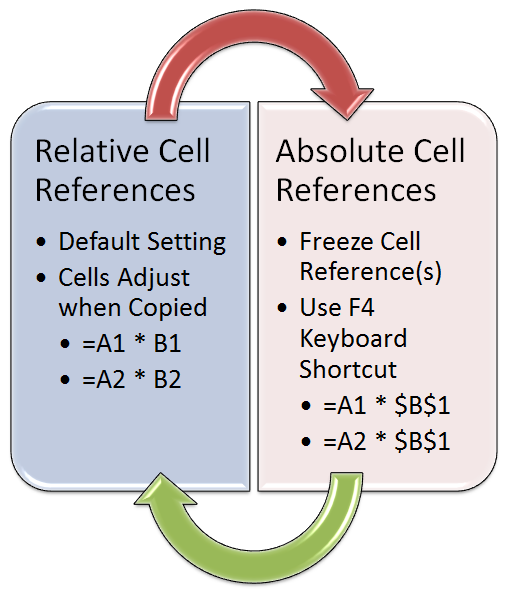Different Excel Sheet Types: How Many and What Are They?

Microsoft Excel is a powerful tool used globally for data manipulation, analysis, and presentation. With its extensive capabilities, understanding different Excel sheet types can significantly enhance your productivity and data management. This comprehensive guide will explore various types of Excel sheets, their uses, and how to work with them effectively.
1. Standard Worksheet

The standard worksheet is the default sheet type in Excel. Here's how it's distinguished:
- Appears as individual tabs at the bottom of the Excel interface.
- Grid-like layout where you can enter data, formulas, and charts.
- Fundamental for basic to complex data analysis.
2. Chart Sheets

When your work requires visual representation of data, chart sheets become invaluable:
- Provides a dedicated space to display charts separately from the data.
- Can be created by clicking on the chart, selecting "Move Chart", and choosing "New sheet".
- Useful for presentations where you want to focus on the charts without clutter from data.

3. Macro Sheets

Macro sheets, while less common today, are still relevant for complex automation:
- Designed specifically for writing macros in Excel 4.0 macro language (XLM).
- Can be created via Excel's Developer Tab or by importing .XLM files.
💡 Note: Modern Excel versions now prefer VBA macros over XLM, but macro sheets still exist for backward compatibility.
4. XML Source Sheets

For those dealing with XML data, Excel offers a unique sheet type:
- Imports XML data into Excel for analysis or editing.
- Accessed through the Developer tab under "Source" in the XML group.
5. Dashboard Sheets

These are not built-in Excel sheet types but are custom-made:
- Designed to consolidate and visualize key performance indicators (KPIs).
- Often incorporate various Excel tools like pivot tables, charts, and conditional formatting.
6. Scenario Sheets

Used in scenario analysis:
- Allows users to store multiple scenarios within a single sheet.
- Can be created using the "What-If Analysis" tool under the Data tab.
7. PivotTable Sheets

PivotTables can be displayed in separate sheets for a cleaner data analysis experience:
- PivotTables provide dynamic data summarization, allowing interactive data exploration.
- When creating a PivotTable, you can opt to place it in a new sheet for better organization.
8. Shared Workbooks

Though not technically a sheet type, understanding shared workbooks is essential:
- Enables multiple users to work on the same workbook simultaneously.
- Introduces features like change tracking and conflict resolution.
Summary

Excel's diverse range of sheet types allows users to tailor their approach to data management, from simple data entry to complex automation and analysis. Whether you're creating visual reports with chart sheets, automating tasks with macros, or managing data with XML, Excel provides tools to enhance productivity. These sheets, when used correctly, can streamline workflows, improve data accuracy, and present information in a digestible format, making Excel an indispensable tool in both business and personal settings.
What is the difference between a standard worksheet and a chart sheet?

+
A standard worksheet allows for data entry, calculations, and basic formatting in a grid layout, whereas a chart sheet provides a dedicated space to display charts derived from your data, making presentations cleaner and more focused.
Can I convert a chart within a standard worksheet to a chart sheet?

+
Yes, you can move an existing chart to a new sheet by selecting the chart, then choosing “Move Chart” from the “Design” tab, and selecting “New sheet”.
What are the advantages of using shared workbooks?

+
Shared workbooks allow multiple users to work on the same Excel file simultaneously, providing real-time collaboration features, change tracking, and automatic merging of changes, making it ideal for team projects.



